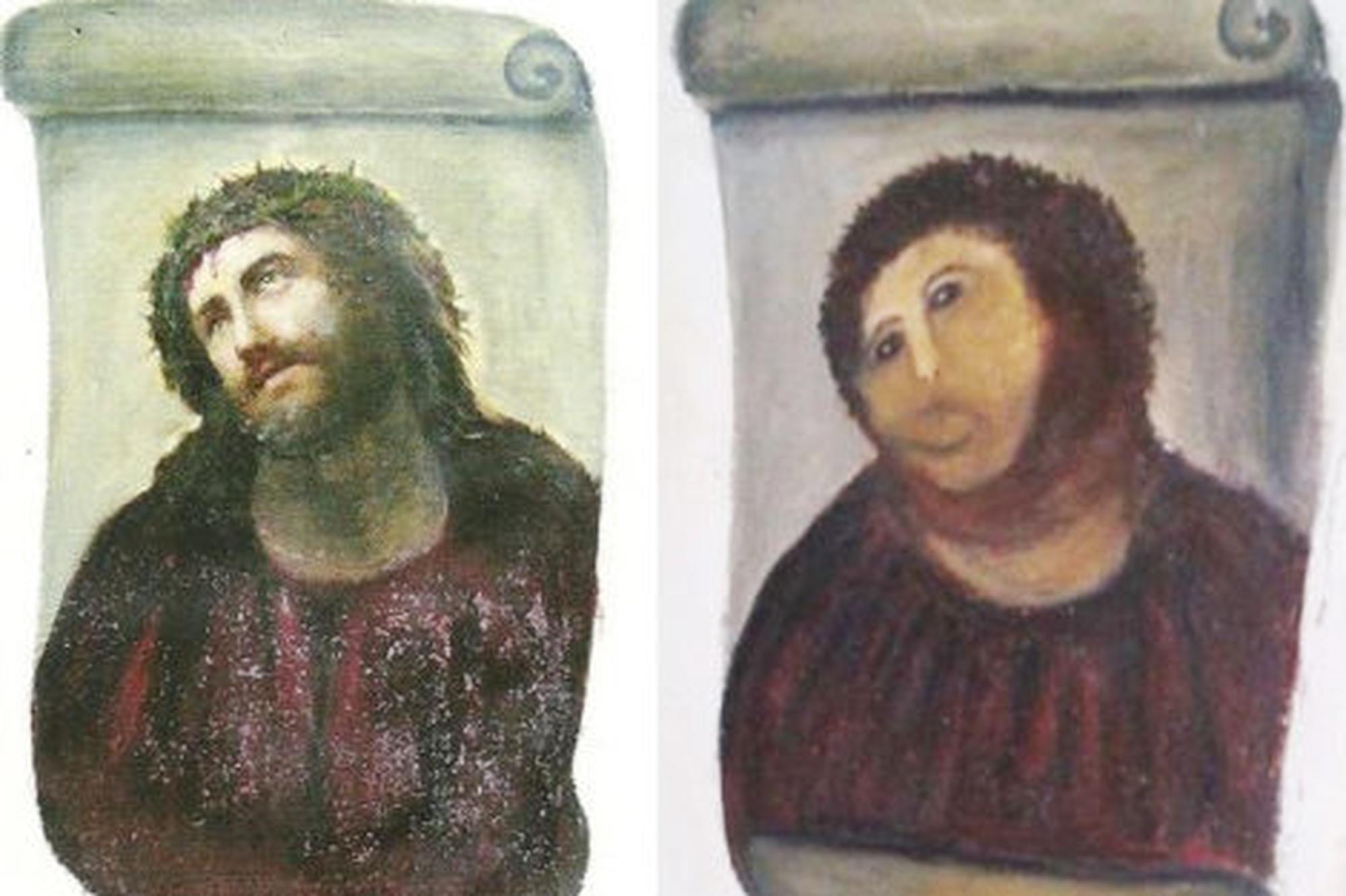
Art Industry News is a daily digest of the most consequential developments coming out of the art world and art market. Here’s what you need to know this Monday, January 3. Happy New Year!
NEED-TO-READ
MoMA to Mandate COVID-19 Boosters for Staff – As workplaces around the world struggle to devise vaccination policies, the Museum of Modern Art in New York has made a decision. A leaked email reveals that the museum will mandate COVID-19 booster shots for all staff. It has also extended remote work through January 31 for some employees, though frontline workers in retail, security, and visitor services will still be required to work on-site. They will receive a daily bonus of $50. (Hyperallergic)
Bill de Blasio’s Checkered Monument History – Monuments were supposed to be a major part of former New York mayor Bill de Blasio’s legacy in New York City. But as his administration came to a close at the end of 2021, none of the seven new sculptures of historical women he promised had materialized. Meanwhile, many of the city’s existing public monuments continued to crumble from longtime neglect. (New York Times)
Vigilante Restorers Strike Again in Spain – In November, a 750-year-old Romanesque church in the Spanish village of Castronuño suffered the fate of too many other prized works of cultural heritage in Spain: botched restoration. A vigilante restorer appeared to have poured very modern cement into an ancient archway to keep the eastern flank from falling in. The homespun job has led some to wonder whether the country simply has too much history in need of upkeep to manage all of it professionally. As one heritage professional said, referring to the viral restoration of a figure now known as “Beast Jesus,” “The story of the ‘Ecce Homo’ just keeps repeating itself all over the country.” (NYT)
Wikipedia Sells Some of Its History – At Christie’s, Wikipedia founder Jimmy Wales sold two objects linked to the origins of his online encyclopedia: his 2000 strawberry iMac and an NFT of the first Wikipedia edit, which Wales created on January 15, 2001, the day the website launched. The computer ultimately realized $187,500, while the NFT skyrocketed to $750,000. Proceeds will go to Wikipedia and “charities working in the free culture world,” per the auction house. (Hyperallergic)
MOVERS & SHAKERS
Los Angeles’s New Cultural Center Opens – Wallis Annenberg’s GenSpace, an expansion of the Wilshire Boulevard Temple backed by the late Eli Broad and designed by OMA, has opened to the public. The $95 million project gained a final boost in funding thanks to $30 million donated by Audrey Irmas from the sale of her Cy Twombly “blackboard” painting. GenSpace will offer programming for seniors in an effort to combat isolation among the elderly. (NYT)
The Cincinnati Art Museum Takes a Break – The Cincinnati Art Museum is making an unorthodox move: shutting its doors for a week and a half to allow employees time to focus on “healing and community service.” In a press release, the museum said the pandemic was only an indirect factor in its decision. It will be closed from January 3 through 12. (Local 12)
V-A-C Foundation Director Steps Down – Teresa Iarocci Mavica, the longtime director general of the contemporary art nonprofit with spaces in Moscow and Venice, will step down from her position after more than a decade to focus on the foundation’s Italy location. Mavica will be replaced on an interim basis by Artem Bondarevsky, who is deputy general director for administrative issues. (ARTnews)
India Art Fair Postponed – The India Art Fair will push back its 2022 edition, originally scheduled for February 3–6, to later in the spring, April 28–May 1. The decision follows new restrictions implemented by the Indian government to help curb the spread of the Omicron variant. (The Art Newspaper)
FOR ART’S SAKE
Million-Pound Installation Finds a New Home – Elyn Zimmerman’s iconic rock-and-water installation Marabar has a new lease on life. Once threatened with destruction, it will now be relocated from the grounds of the National Geographic Society in Washington, D.C., where it was erected in 1984, to the campus of American University. The agreement ends a debate that began nearly three years ago, when the society told the artist it no longer wanted the work. (NYT)
Elyn Zimmerman, Marabar (1984) at National Geographic Society Headquarters, Washington, DC. Photo courtesy Elyn Zimmerman.
Elyn Zimmerman, Marabar (1984) at National Geographic Society Headquarters, Washington, DC. Photo courtesy Elyn Zimmerman.
Elyn Zimmerman, Marabar (1984) at National Geographic Society Headquarters, Washington, DC. Photo courtesy Elyn Zimmerman.